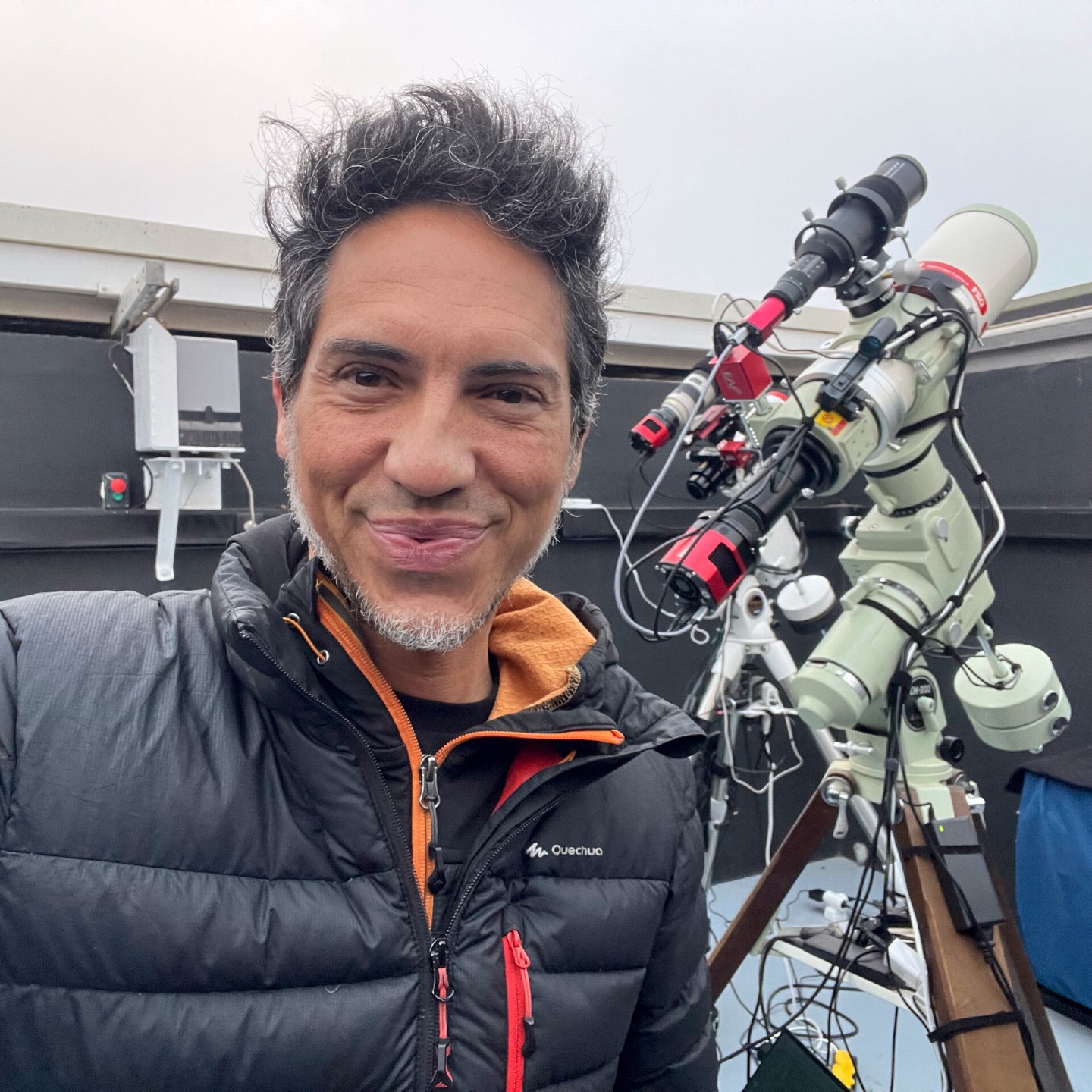The starry dusty field from the core of our Milky Way galaxy (photo)

Miguel Claro is a professional photographer, author and science communicator based in Lisbon, Portugal, who creates spectacular images of the night sky. As a European Southern Observatory Photo Ambassador and member of The World At Night and the official astrophotographer of the Dark Sky Alqueva Reserve, he specializes in astronomical "Skyscapes" that connect both Earth and night sky. Join Miguel here as he takes us through his photograph, "The Starry Dusty Field from the Core of Our Milky Way Galaxy."
While astrophotographers typically use long exposures to capture detailed views of stars, galaxies and nebulas, this panorama of the Milky Way galaxy shows how a little exposure can go a long way.
The panorama, which was featured as NASA's Astronomy Picture of the Day, is composed of only nine 60-second shots that I captured with a 105mm lens at f/1.8 during my recent trip to Atacama Desert in Chile. It reveals a wide, deep-sky field from the core region of our galaxy.
Related: Our Milky Way galaxy's core revealed (photos)

Against the star-filled background, we can easily recognize many well known deep-sky objects, including several emission nebulas — glowing clouds of interstellar dust and gas — like the Eagle Nebula (also known as Messier 16, or M16), the Omega Nebula (M17), the Lagoon Nebula (M8) and NGC 6357.
The colorful panorama also features some reflection nebulas, or nebulas that emit no light of their own and glow by reflecting light from local stars, and dark nebulas that block light from passing through. All three types of nebulas — emission, reflection and dark nebulas — can be seen together here in the Trifid Nebula (M20).
The image also shows many star clusters, like Messier 23. The blue star pair glowing brightly on the right side of the image is Shaula and Lesath, while are located on the tail of the constellation Scorpius, the scorpion. Above it are two red emission nebulas, NGC 6357 and the Cat's Paw (NGC 6334). In the top right corner, we can see another "pink" object known as the Prawn Nebula, or IC 4628.
Get the Space.com Newsletter
Breaking space news, the latest updates on rocket launches, skywatching events and more!
The Milky Way's galactic core and all of the objects shown in this image are visible in the night sky this time of year; skywatchers in the Northern Hemisphere can see it after midnight and before dawn, while those in the Southern Hemisphere can see it all night long.
- Gorgeous Orion Nebula glows in stunning red and blue light (photo)
- The universe reveals its true colors in this stunning Milky Way photo
- This 3D map of the Milky Way is the best view yet of our galaxy's warped, twisted shape
To get a print of Claro's amazing astrophotography, visit his fine-art prints store at www.miguelclaro.com/prints. Follow us on Twitter @Spacedotcom and on Facebook.
OFFER: Save 45% on 'All About Space' 'How it Works' and 'All About History'!
For a limited time, you can take out a digital subscription to any of our best-selling science magazines for just $2.38 per month, or 45% off the standard price for the first three months.
Join our Space Forums to keep talking space on the latest missions, night sky and more! And if you have a news tip, correction or comment, let us know at: community@space.com.
Miguel Claro is a professional photographer, author and science communicator based in Lisbon, Portugal, who creates spectacular images of the night sky. As a European Southern Observatory photo ambassador, a member of The World At Night and the official astrophotographer of the Dark Sky Alqueva Reserve, he specializes in astronomical skyscapes that connect Earth and the night sky.











